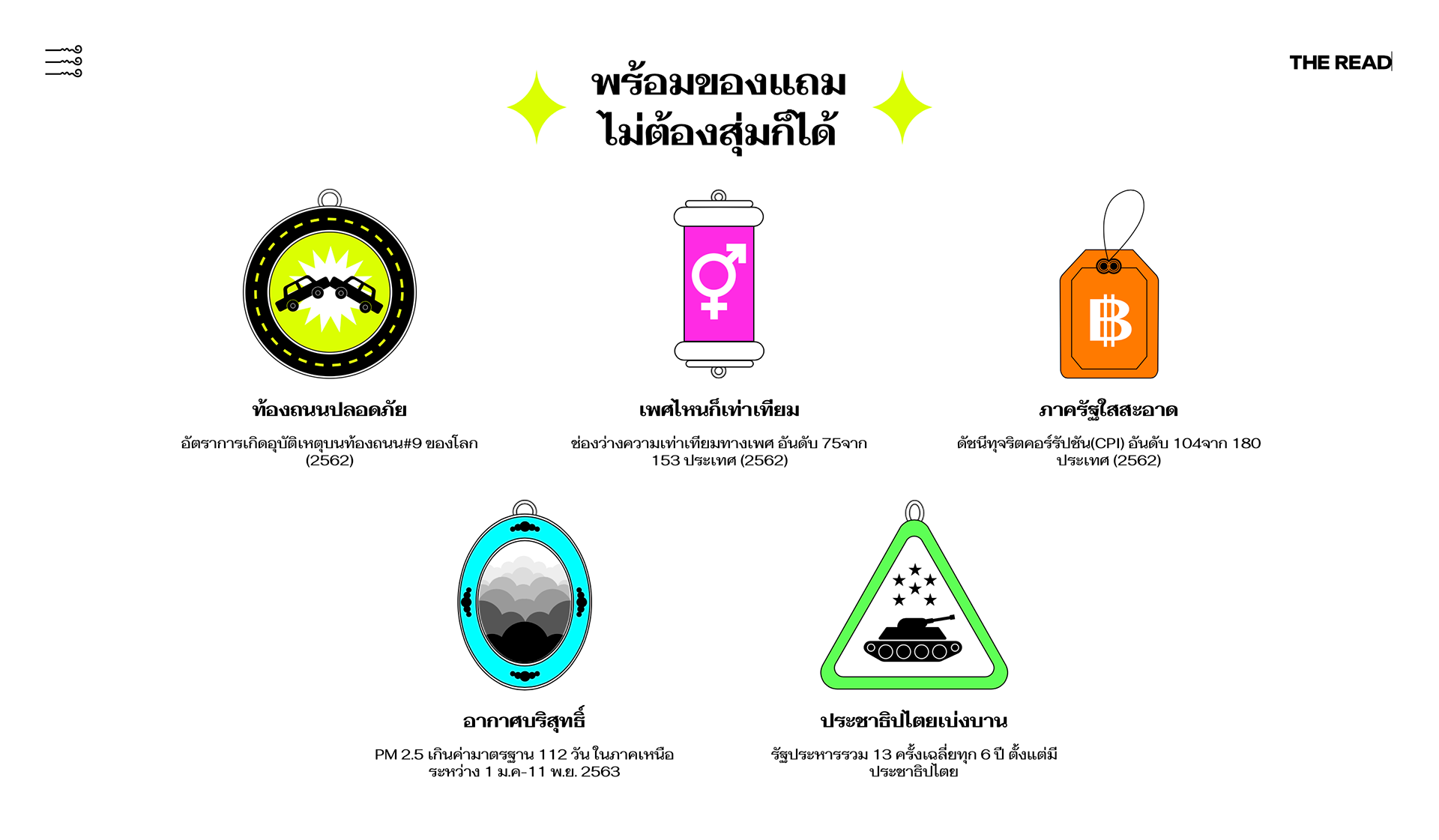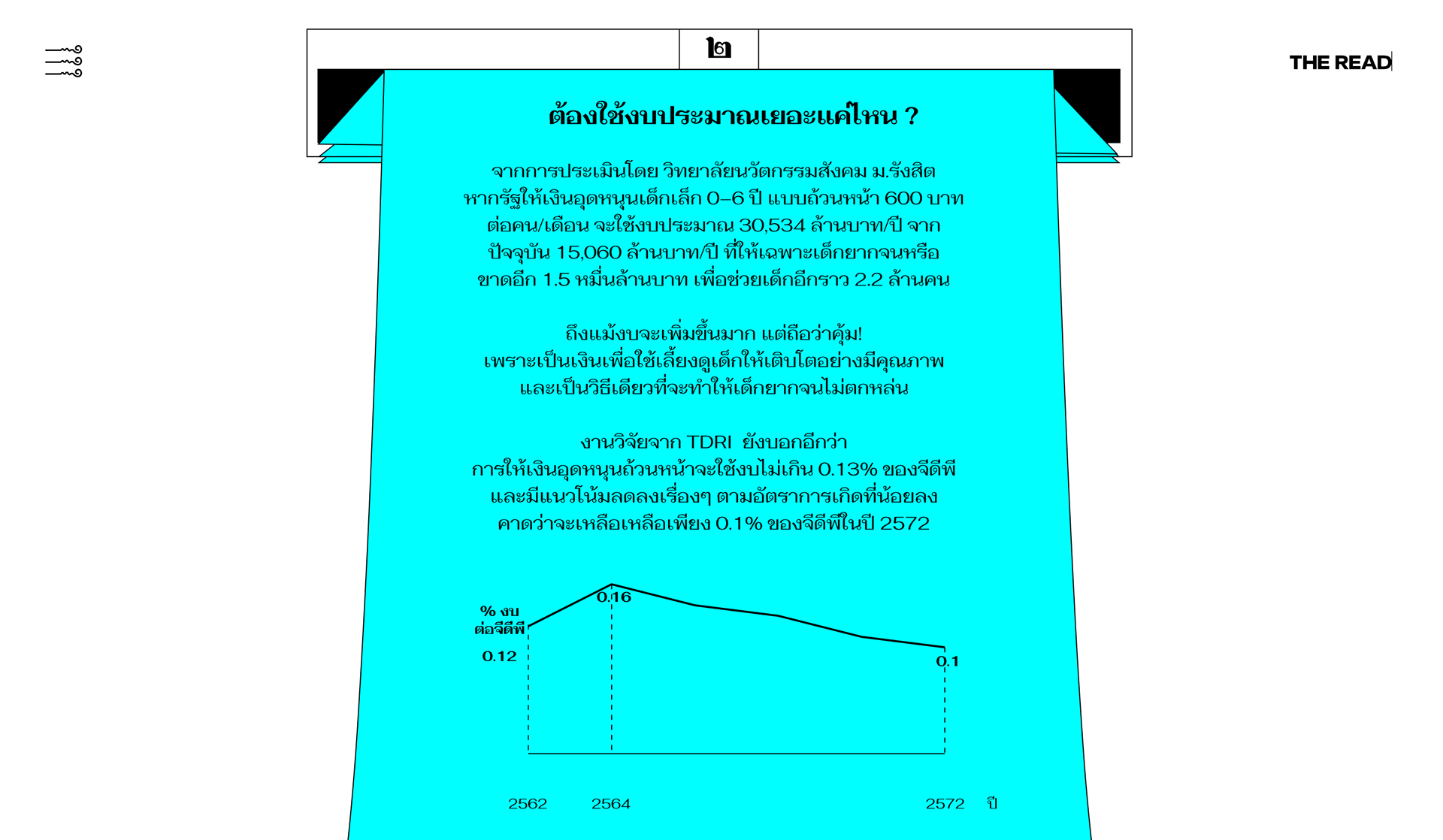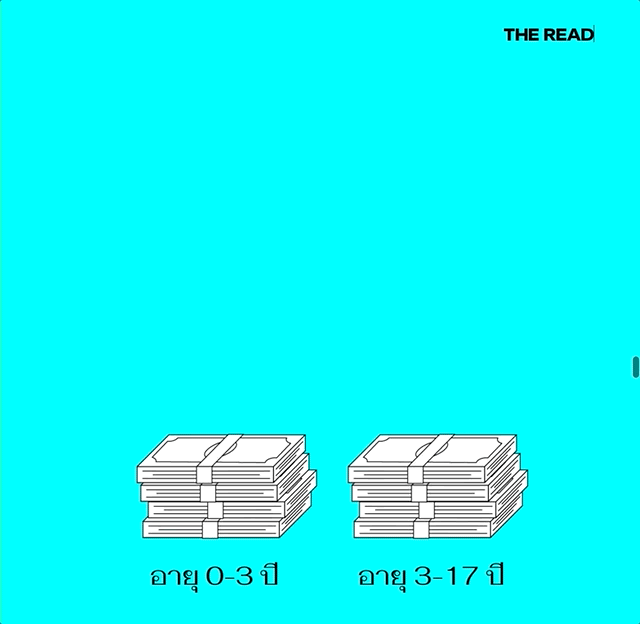The objective of this project is to address the inefficiencies in child welfare in Thailand and their impact on our lives, both in the past, present, and future. This issue is not limited to children alone; it affects all of us. To address this, this project proposes implementing a Child Support Grant policy in Thailand, which would be accessible to all children without a screening process.
In terms of design, my goal was to make a serious topic more enjoyable and relatable for Thai audiences. The art direction embraces a Thai kitsch theme, incorporating vibrant neon colors inspired by objects associated with superstitious beliefs in Thailand. The key visual element is "Siemsee," a randomized fortune-telling stick that reveals one's destiny. This is meant to challenge the belief that being born into poverty is predetermined by fate. I wanted to convey the message that our lives are not controlled by the supernatural, but can improve with proper child welfare support from birth.
Since the launch of the project, it has sparked social engagement by sharing personalized results on social media, highlighting the fortunate randomness of being born in Thailand without access to child welfare. Additionally, the project has received mentions in online magazines such as Urban Creature and A Day magazine. Collaborating with a talented team in content creation and development has made this project an enjoyable and creatively fulfilling experience for me.
Fortune-telling sticks represent the percentage of each social status from left to right: super poor, poor, middle, rich, and super-rich that have more than 3 books in the house to show access to education in their life.
For the charts, I decorated simple charts like bar charts and line charts to be more playful and relate to the key visual, while still keeping it clear and readable.

The illustrations relate to belief objects about quality of life in Thailand.

The Illustrations show how many baby care items we can buy if we got subsidized 600 baths/month

This chart shows the percentage of investment in child welfare per GDP is profit in long-term
